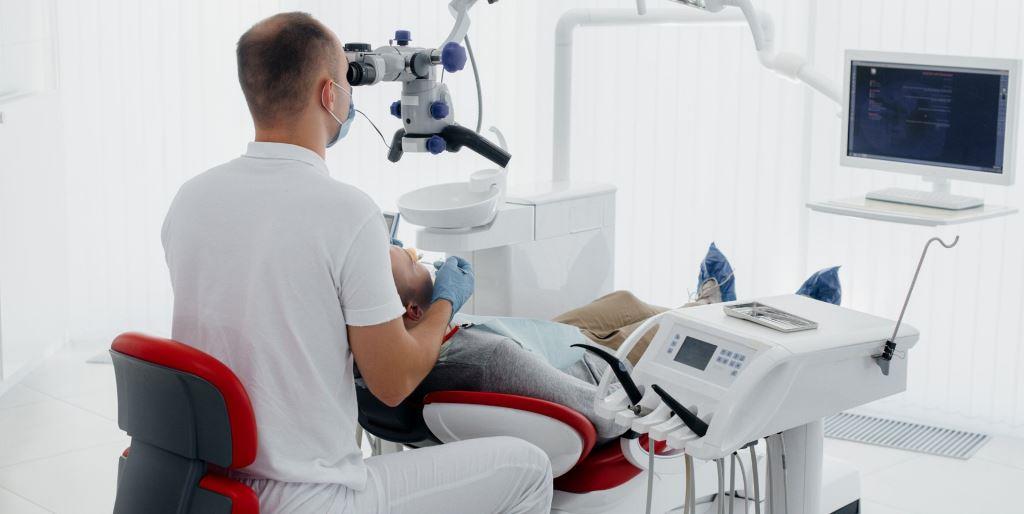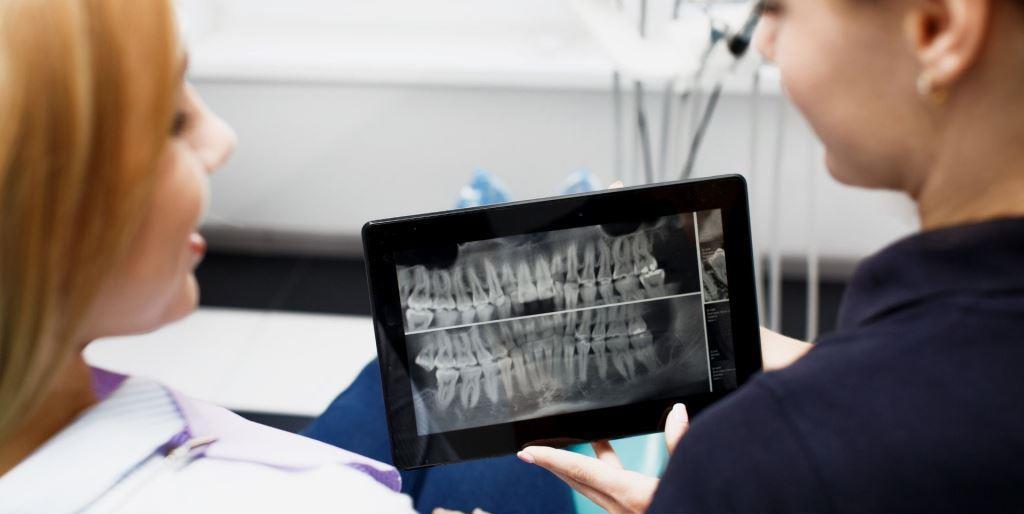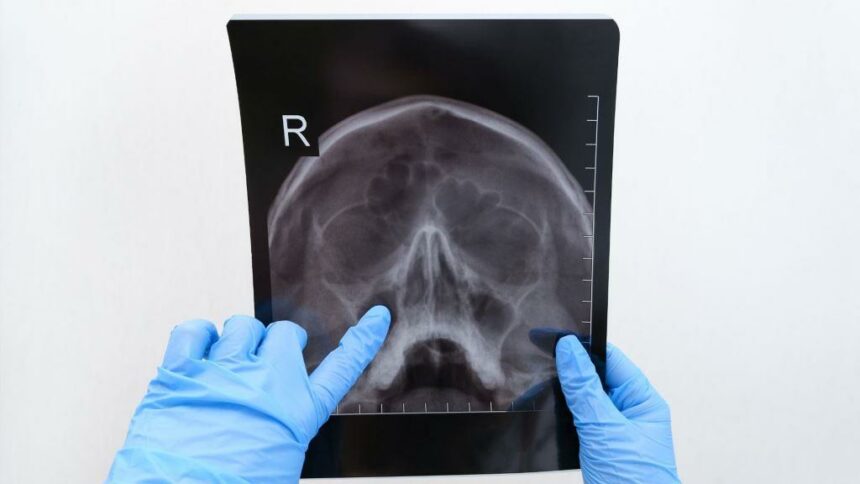When patients' teeth are missing, they very often opt for implants. This is a permanent solution, looks exactly like human bone and, just as importantly, is inert to human tissues. Sometimes implants can only be placed after another procedure, namely a sinus lift in the UK. Find out what this involves and when it is necessary!
Implants - when are they necessary?
However, let's start with the question of implant insertion. Are they always necessary? Can cavities in the mouth, if invisible, be left unfilled? The answer is no. Even when a missing tooth is not visible, you should think about placing implants in the near future. Ignoring missing teeth is associated with many unpleasant consequences in the future.
Example? The loosening of adjacent teeth, and in some cases even losing them! Read our article: "Missing tooth - when do you need to fill the gap left by an extracted tooth?" and find out more.
We also encourage you to learn more about the implants themselves. You will find all the information you need in our article: "Dental implants in the UK - types and price".

Maxillary sinus lift in the UK - what does the procedure involve?
Unfortunately, sometimes before dental implants are placed, it becomes apparent that the implants may not have enough space. It is then necessary to lift the sinus floor. This involves lifting the sinus membrane. If you are qualified for the procedure you will be given a local anaesthetic so that you will not experience discomfort.
There are two methods of achieving this. The first, closed, involves an intra-orbital lift of the sinus to a slight degree (this is also called a 'sinus floor lift'). Here, the sinus lumen is not opened - instead, the holes for the inserted implants are used and it is through these that the bone substitute material is applied. This method, as you can guess, is less invasive. It also has the great advantage that an implant can be placed immediately during the procedure.
The second method, the open method, is slightly more complicated. The doctor cuts a small hole in the lateral wall of the maxillary sinus, and through this the mucous membrane of the sinus floor is detached. Only then is bone substitute material inserted into this area.
After treatment, wait for the bone to regenerate - and then it's time for implants. The advantage of this solution? In this case, the sinus floor can be raised much higher.
The sinus lift technique in the UK is decided by a specialist, after careful diagnosis.

What are the indications for the procedure?
There is one rationale for performing a maxillary sinus floor lift in the UK. This is an anatomically low descending maxillary sinus. Then, with the loss of a tooth or teeth, it is not possible to place implants because the patient does not have enough bone.
Maxillary sinus lift in the UK - contraindications
Although there are no specific contraindications to the procedure, a few points should be noted. First of all, it is a good idea to start the whole procedure with a radiological examination. This allows the doctor to diagnose conditions in the sinuses and adjacent teeth that may exclude you from the procedure until everything has been treated.
A maxillary sinus floor lift in the UK requires precision and attention, That's why it's essential to go to a proven specialist. Choose a clinic that only employs the best - like ours Birmingham dental clinic.

How much does a sinus lift procedure cost?
At our Birmingham clinic, the price of a sinus lift starts from as little as £800. Your surgeon will not only inform you of the price, but will also talk you through all the possible treatment options for your case.
REMEMBER: medical costs that are more than £350You can pay in convenient instalments! Read more about them in our article: "Teeth on credit: dental treatment on hire purchase".
Our installment system is 100% secure and regulated by the Financial Conduct Authority (FCA number 619628).
We encourage you to use the services of our practice. Contact contact us to make an appointment and take care of your smile in a relaxed atmosphere.

